T4K3.news
Flash floods kill hundreds in South Asia
Deaths surpass 280 as rescue efforts continue in India and Pakistan amid ongoing monsoon floods and a suspended pilgrimage.
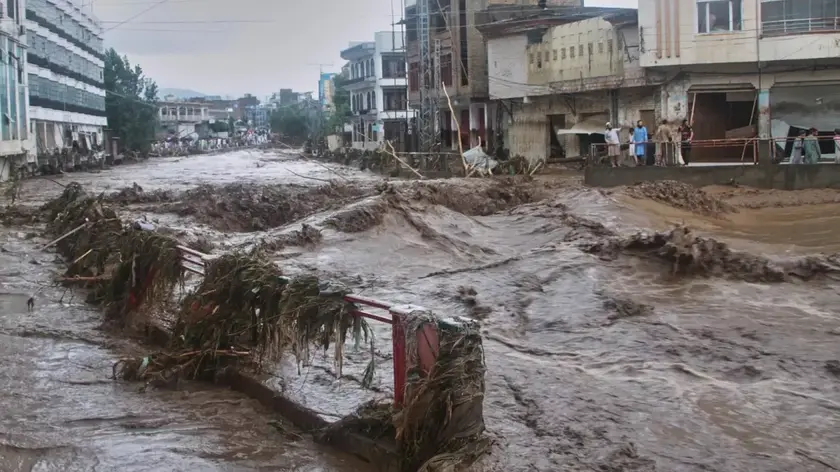
Flash floods triggered by heavy rains kill more than 280 people in India and Pakistan, with hundreds missing and rescue efforts ongoing.
Flash floods in India and Pakistan kill over 280 people, scores remain missing
More than 280 people have died in flash floods across India and Pakistan in the last 24 hours. In Indian controlled Kashmir, officials said at least 60 people were killed and about 80 remained missing after floods struck the remote village of Chositi, where hundreds of Hindu pilgrims were at a community kitchen when waters surged. A relief helicopter on a supply mission in Pakistan's northwest crashed in bad weather, killing all five aboard. The annual pilgrimage to the high altitude shrine was suspended as rescuers worked to reach stranded pilgrims and salvage communities along the route.
In Pakistan, floods and landslides damaged homes and disrupted transport across several districts, including Buner in the northwest where authorities declared a state of emergency. Across both sides of the border, authorities evacuated hundreds of travelers and tourists and used earthmovers and boats to clear roads. Weather officials warned of more heavy rain as cloudbursts drive sudden floods, while experts say climate change is increasing the intensity of such events. The broader toll from rains and related incidents this monsoon season is already in the hundreds and relief teams are stretched thin as rescue operations continue.
Key Takeaways
"The scale of this disaster tests every rescue team"
Disaster management official notes the strain on relief operations
"Climate change is driving stronger rainfall in the region"
Climate scientist explains a broader trend behind the floods
"Rescue teams must operate quickly and with coordination to save lives"
Humanitarian official on response priorities
The disaster exposes a long running vulnerability in Himalayan communities where remote villages and mountain pilgrimage routes sit in a fragile landscape. Cloudbursts are not just weather events; they test governance, disaster readiness, and cross border cooperation between India and Pakistan.
With climate change driving more extreme rainfall, there is a clear need for better weather forecasting, early warning systems, and resilient infrastructure in mountain regions. The response also highlights how development in fragile ecosystems heightens risk, making humanitarian efforts more complex and costly as aid groups work across borders to reach affected people.
Highlights
- Mountains reveal the tempo of the climate crisis
- Rescue work is a test of logistics and courage
- Weather is changing faster than ministries can respond
- Hope rides on every helicopter that reaches the stranded
Budget impacts and political sensitivity
The scale of the floods strains relief budgets and cross border coordination, potentially triggering political debate and public scrutiny over response and reconstruction.
As monsoon weather grows more unpredictable, communities will look to officials for clearer risk management and faster recovery plans.
Enjoyed this? Let your friends know!
Related News
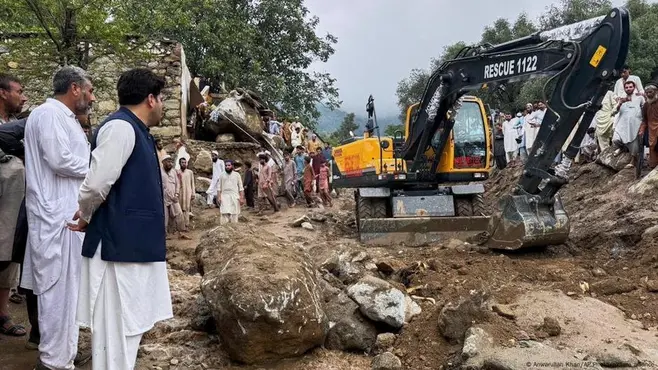
South Asia floods escalate
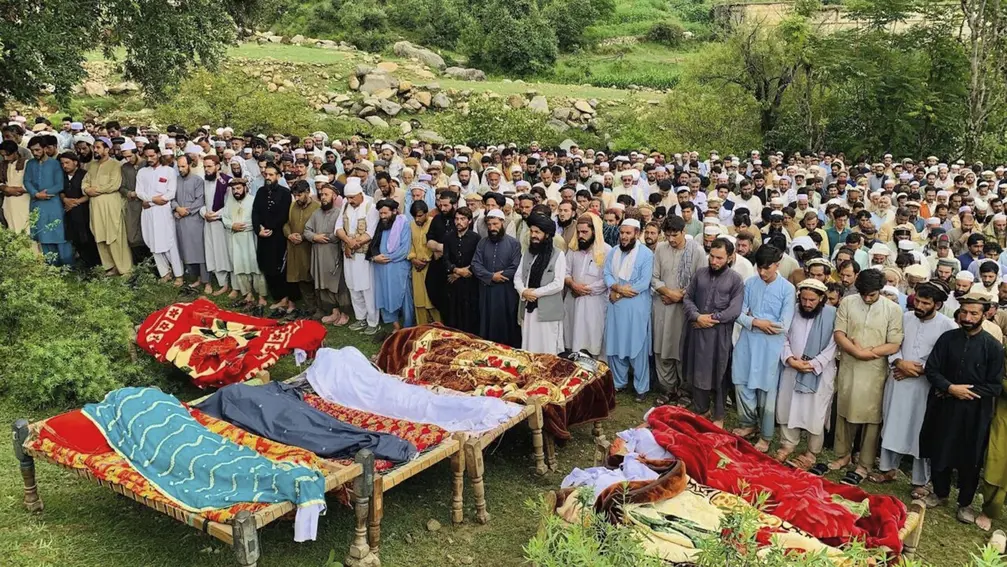
Flash floods claim hundreds in India and Pakistan
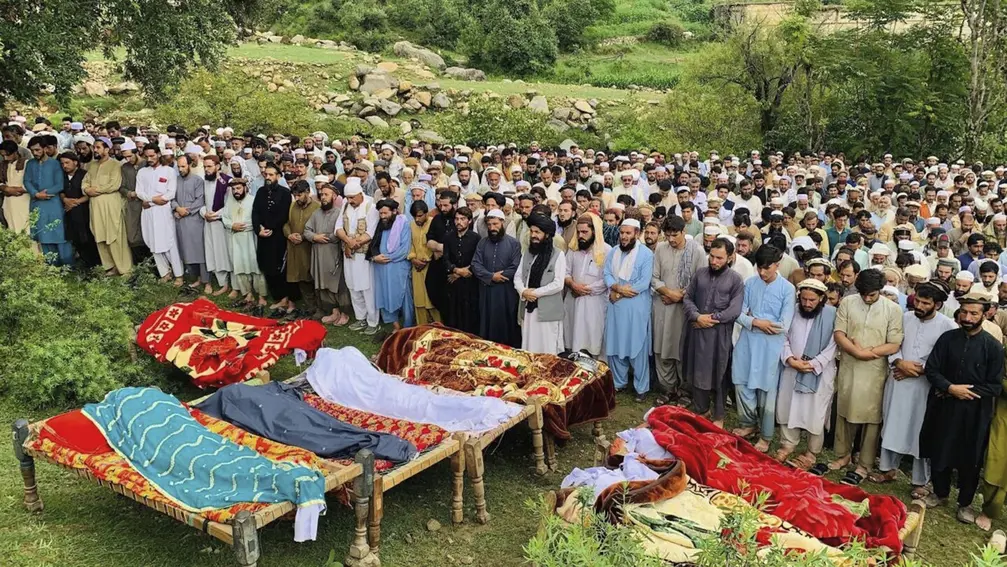
Floods kill over 200 in India Pakistan
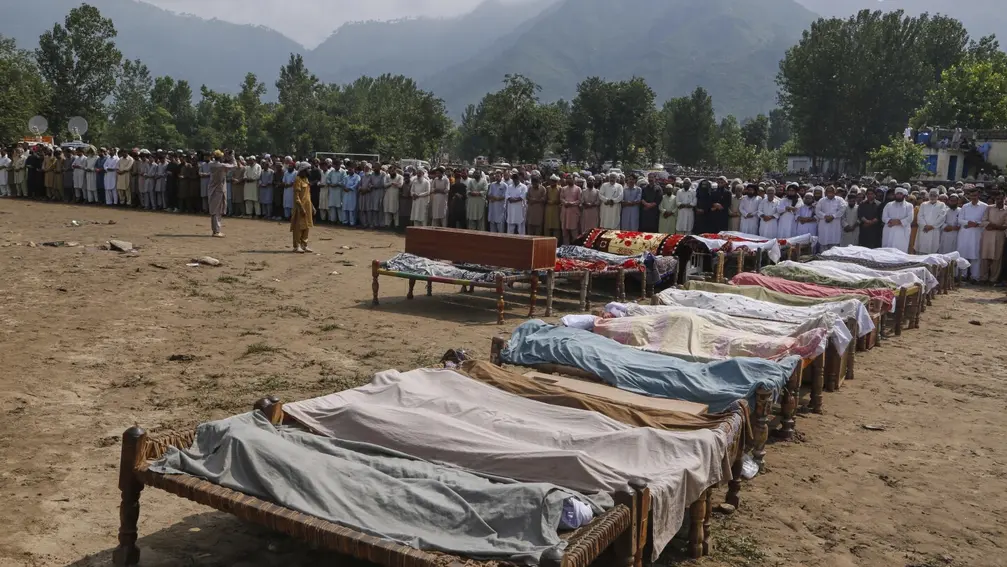
Pakistan floods update
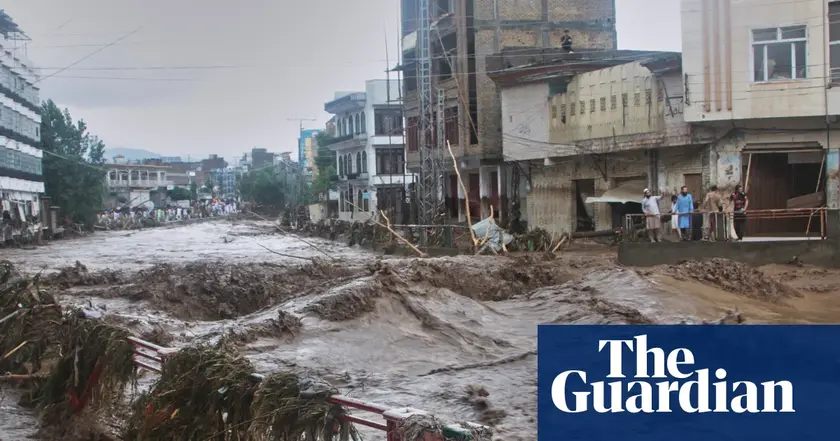
Flash floods update
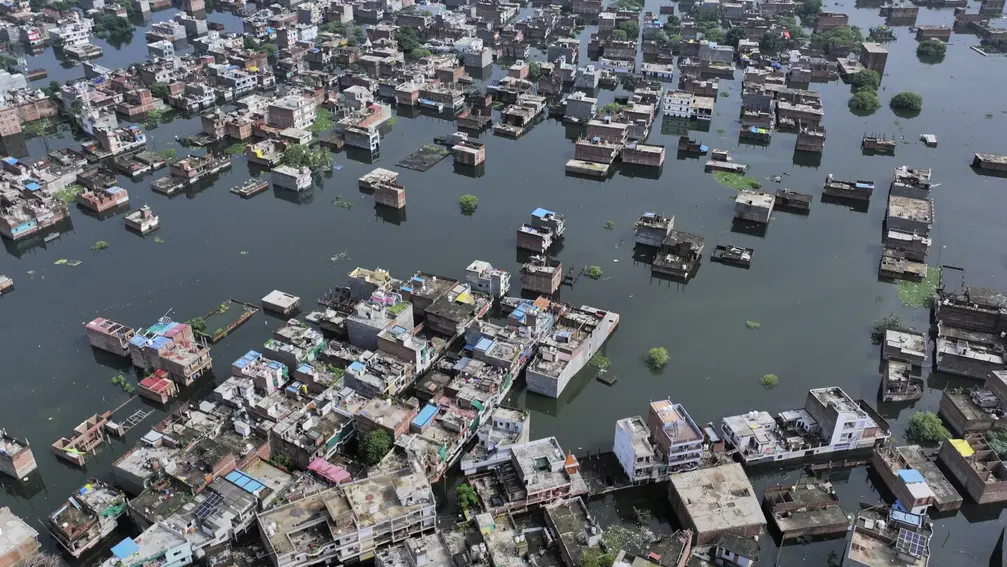
Flash floods kill at least 4 in northern India

Japan weighs wartime past amid revisionist push
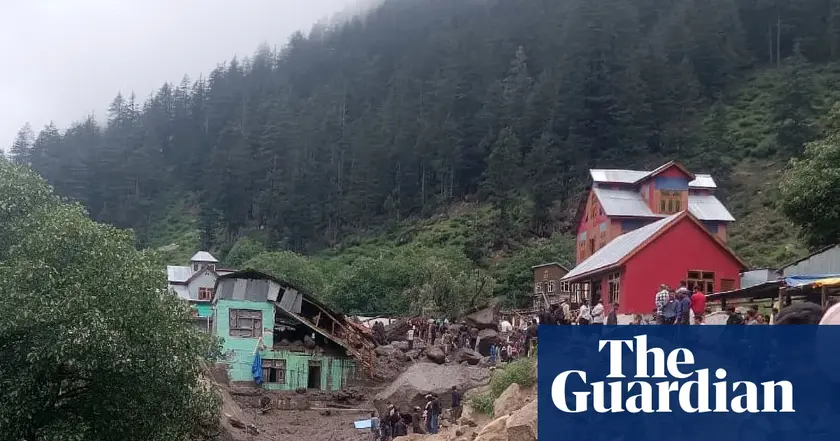
Flash flood in Indian Kashmir
